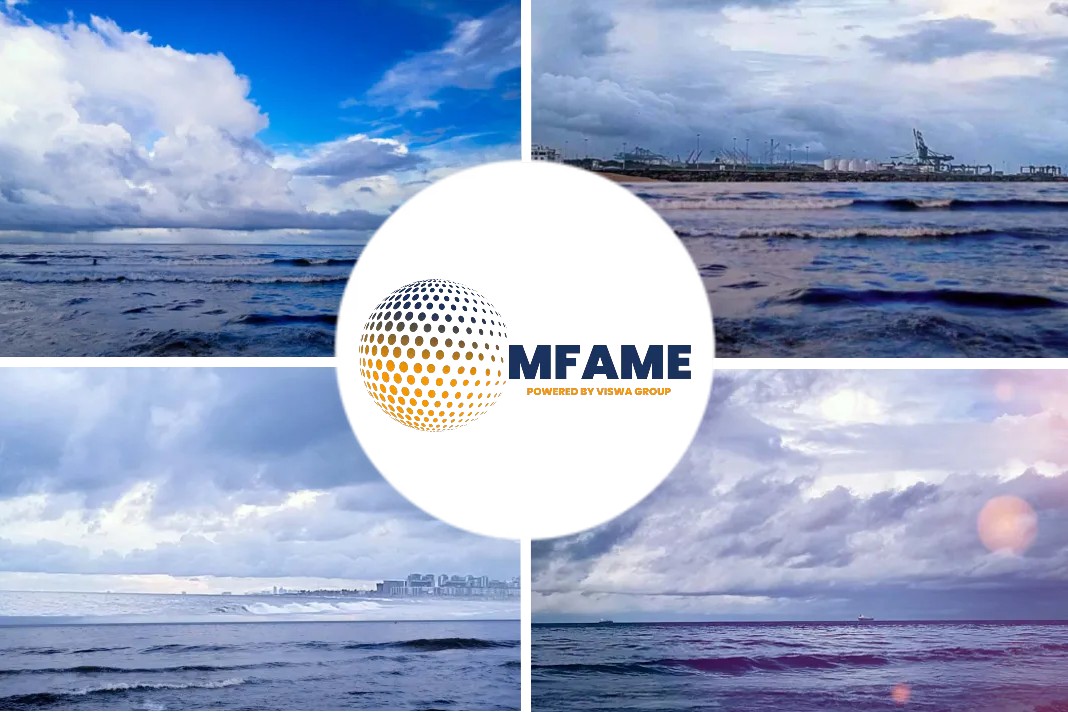- MR tanker has coated Team Calypso’s vertical sides with Chugoku Marine Paints’ SEAFLO NEO CF-Premium antifouling coating.
- Team Calypso’s in-water-survey schedule 35 months after the coating was applied showed the hull to be virtually barnacle-free with no soft fouling coverage.
- Third-party data analysis verified the performance of the coating, showing that at month 40, total added resistance on the vessel’s hull and propeller due to fouling was 16%.
- Selektope works by activating the octopamine receptor of barnacle larvae, which keeps them in swimming mode and prevents them from attaching to the hull.
According to an article published in Tanker Shipping, a Team Tankers International MR tanker’s hull experienced no soft fouling coverage after a 40-month trial of an antifouling coating.
Premium antifouling coating
The Bermuda-based owner and operator coated Team Calypso’s vertical sides with Chugoku Marine Paints’ SEAFLO NEO CF-Premium antifouling coating, which contains a non-lethal agent called Selektope, during drydocking at Sembcorp’s Singapore shipyard in 2015.
During the trial, the vessel was in active operation across a wide range of trade routes, often operating in global biofouling hotspots with water temperatures between 25°C and 32°C, and spent several extended periods idling in these zones.
An inspection carried out during Team Calypso’s in-water-survey schedule 35 months after the coating was applied showed the hull to be virtually barnacle-free with no soft fouling coverage.
Protects hull and propeller
Third-party data analysis verified the performance of the coating, showing that at month 40, total added resistance on the vessel’s hull and propeller due to fouling was 16%, compared to an expected 30% for a reference ship of a similar age, size and trading patterns. The development of added resistance was calculated at a rate equivalent to 0.4% per month, compared to an expected rate of between 0.5% and 1.5%.
Developed by Swedish biotech firm I-Tech AB, Selektope works by activating the octopamine receptor of barnacle larvae, which keeps them in swimming mode and prevents them from attaching to the hull.
As a result of the successful performance, Team Tankers International has committed to applying the coating to a further four vessels, Team Tapatio, Team Toccata, Team Tosca and Team Leader.
Low levels of fouling
Team Tankers performance and environmental manager Captain Pär Brandholm said “Team Calypso has operated for over three years since its last drydock, and we can conclude that the fouling of the hull remains at a very low level and we hope the trend will continue being flat.
“We anticipate similar performance for our vessels Team Tapatio, Team Toccata, Team Tosca and Team Leader using the same hull coating containing Selektope.”
Biofouling of hulls and propellers can substantially increase frictional resistance and power requirements, in turn, increases fuel consumption and emissions generated. As well as the impact on fuel consumption and maintenance costs, operators also face external pressure to act to minimize biofouling. Vessels could be denied entry to ports in certain regions, as authorities take regulatory action against transporting invasive aquatic species via ships’ hulls.
Biofouling hotspots
And as average global water temperatures rise, the number and intensity of biofouling hotspots increases. Owners of tankers that trade or idle in these waters, particularly in subtropical and tropical areas, will therefore increasingly demand antifouling coatings that will guarantee protection even if the activity or trading patterns change.
In 2016, I-Tech’s Selektope solution was recognized at the Tanker Shipping & Trade Conference & Awards in London, winning the Environmental Award.
Did you subscribe to our daily newsletter?
It’s Free! Click here to Subscribe!
Source: TankerShipping

















